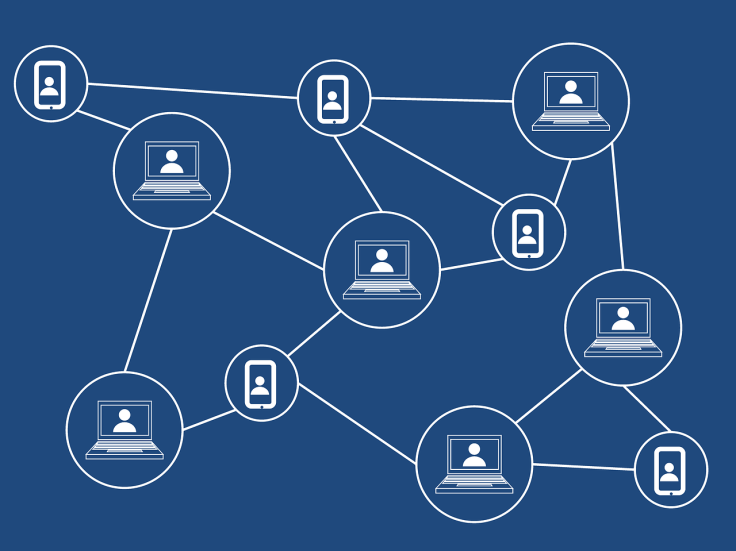GameFi 2.0 Heralds The Dawn Of Games Fully On The Blockchain
Blockchain-based gaming exploded in popularity in the first half of 2021. But because it was fueled by hastily built games and a thirst for quick profits, this boom proved short-lived. By the middle of the year, amid a blitz of negative reviews citing poor gameplay and graphics, many of these projects had lost significant numbers of players and token holders, crashing their economies.
Now that the hype is over, a new generation of serious play-and-earn developers is moving in, determined to build truly great Web3 games.
Here's what the next generation of Web3 gaming will bring.
We Learned From Our Mistakes
Blockchain expanded the frontiers of the gaming industry, broadening the concept of play-to-earn and bringing us GameFi. In-game assets could now be utilized outside the virtual world, rather than remaining tied to their respective platforms. Investors were bullish about this brave new world, pumping $3.6 billion into Web3 startups during 2021.
But the hype was a double-edged sword. Many players were attracted more by profit than by pleasure. Not so much GameFi as Fi-Game, many required joyless "grinding" to hit financial targets. Non-crypto natives reported finding Web3 games too complex or inaccessible. The vibe turned sour.
Now the industry is learning from its early mistakes. Unlike their predecessors, next-gen decentralized games will have stronger mechanics, better graphics and richer worlds. This is because smart developers have learned that using full blockchain capabilities can create better gameplay. Experience has taught them that games keep players on board because they are engaged and enjoying themselves — not just working to unlock crypto rewards.
Financial Incentives Still Add Up
The possibility of player-owned and controlled assets is a key value proposition of decentralization. Loyal players are still able to monetize their expertise within a blockchain-based game while adding value to its ecosystem. Such games foster strong communities because they are authentically founded on the Web3 ethos, not on speculative pump-and-dump asset grabs.
Simply put, player-owned assets and thriving token economies represent the future of gaming.
Gamers, Not Studios, Will Be in Control
Big tech has a strong hold on many aspects of our lives. Gaming is no exception. Frustration about the crazy price of skins, unfair exploits, freezing, lagging or a blocked account is the lived experience of Web2 gamers. Decentralization, by contrast, empowers everyone in the game. No one player is in charge — and definitely not members of the executive suite at Sony, Nintendo or Microsoft.
Decentralized gaming promotes genuine user customization, not over-hyped limited editions. Individuality and experimentation are encouraged, not perceived as a threat to a multi-billion dollar business model.
The Time Is Right
Early Web3 games were overpromoted and undercooked. It takes a year to create a game, and up to five to develop a great massively multiplayer online (MMO) gaming experience. Projects that took the time to build with blockchain's full toolkit are only now preparing to launch.
Developers have also realized that their games do not need to mimic centralized ones. Time has taught us that Web3 gaming is not intrinsically worse — or better — than Web2. A broader perspective has shown us that the two models pursue different goals, have different funding models and offer divergent experiences. They run on different tracks; direct comparison invites misunderstanding.
There are now encouraging signs this message is finally gaining traction. This month's Pocket Gamer Connects, for example, represents the entire games industry ecosystem — with blockchain and Web3 technology discussed alongside mobile, PC and console. We are at the point where decentralized gaming enjoys both mainstream representation and understanding of its unique offer.
Full Decentralization Turbo-Charges Experiences
There are many ways decentralization stands to improve gaming experiences. It allows players to safely trade in-game items — such as land, weapons, skins or character outfits — using digital wallets. These also store cryptocurrency and NFTs (non-fungible tokens), which offer exciting utility for Web3 gaming. On-chain metadata means accounts are more secure and resistant to account takeovers of the kind that affected 21% of the world's estimated 3.2 billion players last year.
Finally, smart contracts have nearly infinite use cases in gaming ecosystems. In-game assets, for instance, can be fractionalized or rented to others — a cost-effective option for those feeling financially excluded from expensive centralized gaming. Cooperating players can agree to share in-game purchases such as skins. Earnings can be shared with on-chain creators.
Playing to Our Strengths
Centralized gaming currently has a big appeal and a massive reach. No one denies that. But there is a strong appetite for a new way driven by decentralization. Gaming accounted for almost half of all blockchain usage in 2021, and many of today's naysayers forget that games such as World of Warcraft and Second Life are where cryptocurrency originated. Tokens are in gaming's DNA.
Today's decentralized gaming sector is in the midst of a cycle of rapid learning, innovation, investment and growth. Great gameplay is replacing the overhyped early prototypes. The next iteration will no longer need to compete with Web2. Instead, it is evolving into a completely different proposition — one that is capable of powering more immersive experiences while nurturing cooperative virtual communities. A digital space where play-to-own and play-to-create are as important as playing to earn.
With decentralized gaming finally learning to play to its strengths, the future has never been brighter.
(Riccardo Sibani is the CPO of the multiplayer game My Neighbor Alice, introducing blockchain gaming to millions of players.)

© Copyright IBTimes 2025. All rights reserved.




















